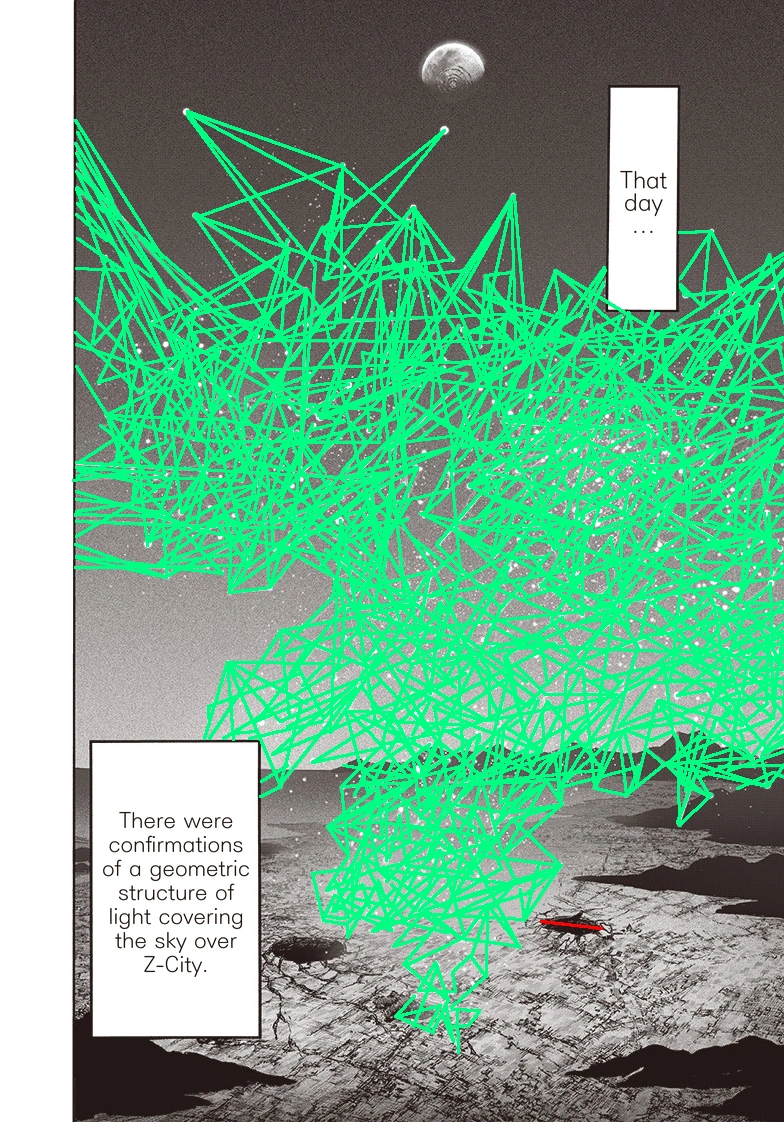- 17,945
- 15,573
I calculated this feat a few days ago, and both ends of the calculation have been accepted.
The purpose of this thread is to discuss which version should be used.
End 1 uses the baseline timeframe for subsonic reactions, while End 2 uses the high timeframe for subsonic reactions.
Bold = Staff Opinion
Agrees with End 1:
Agrees with End 2: @Coomandar, @KingTempest
The purpose of this thread is to discuss which version should be used.
End 1 uses the baseline timeframe for subsonic reactions, while End 2 uses the high timeframe for subsonic reactions.
Bold = Staff Opinion
Agrees with End 1:
Agrees with End 2: @Coomandar, @KingTempest
Last edited:
